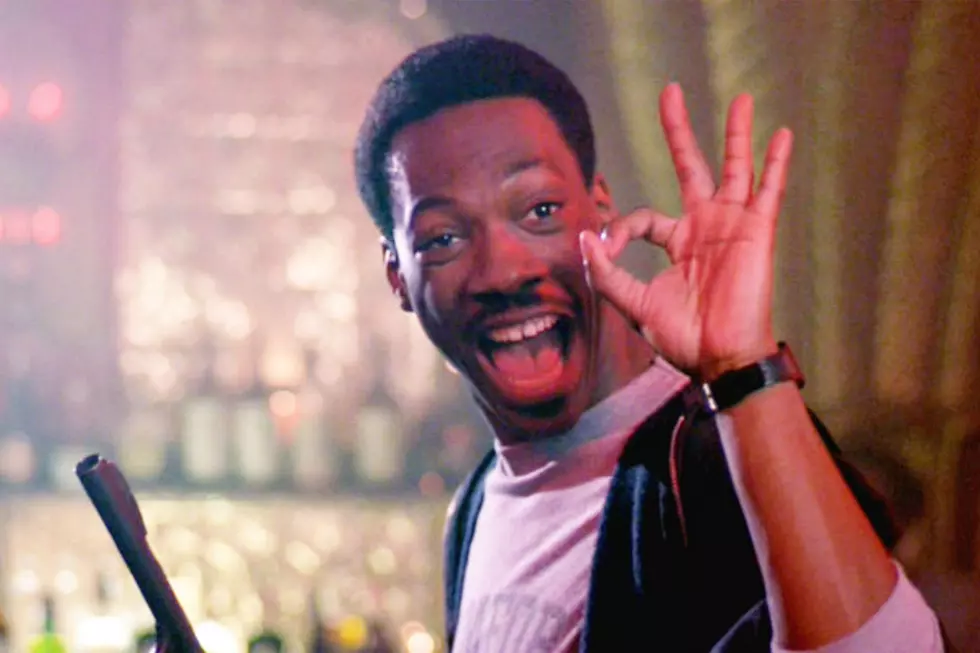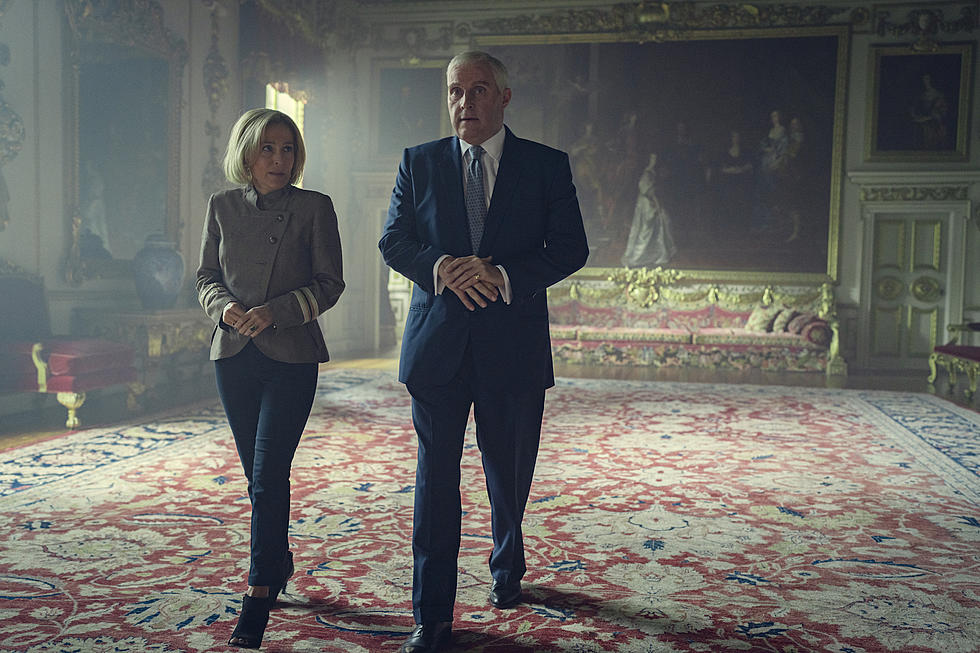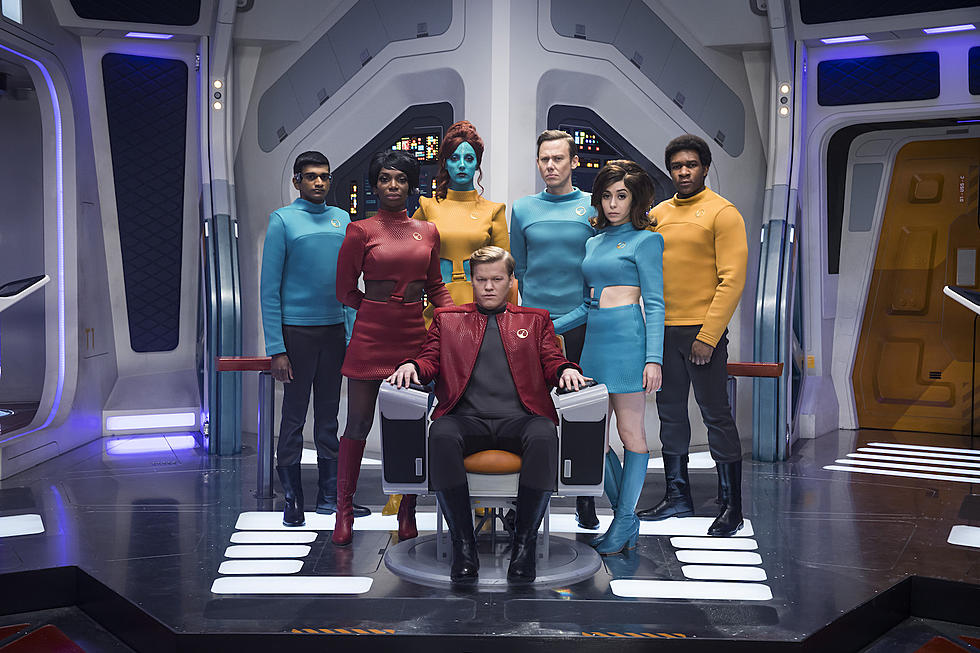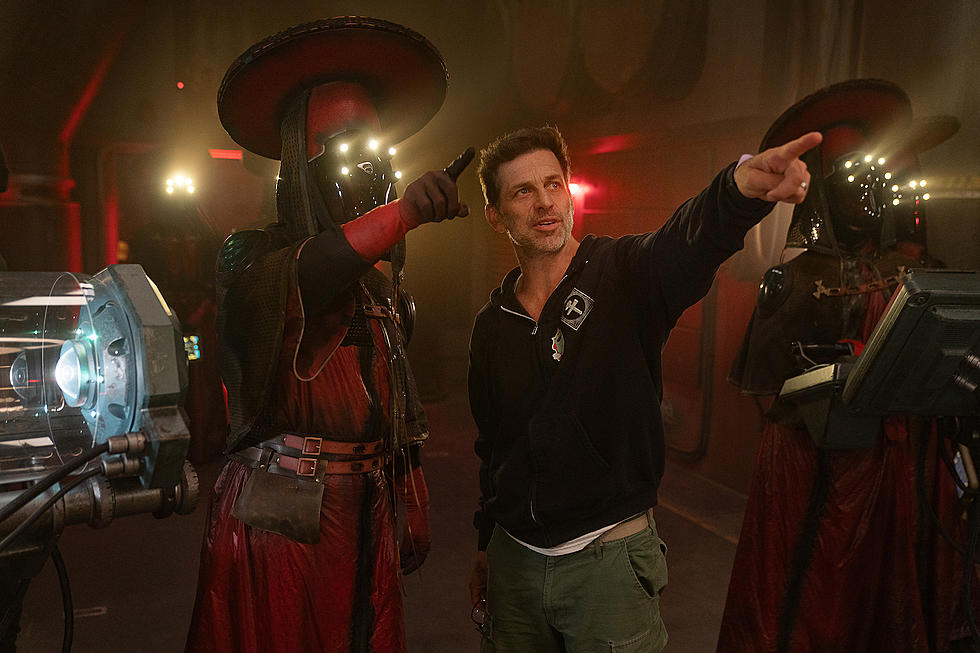
‘Beasts of No Nation’ Review: Netflix’s First Original Movie Needs to Be Seen on the Big Screen
“Netflix Presents a Netflix Original Production”
Those words — which appear in the opening titles of Beasts of No Nation, just after that familiar red-on-white Netflix logo — make for a strange sight in a movie theater. Beasts of No Nation marks the streaming video giant’s first serious attempt to become a major player in the feature film world, the same way they’ve become a giant in the world of serialized TV. And what’s most surprising about that first serious attempt is the fact that Netflix made a movie that will probably not play very well on Netflix. Beasts practically demands to be seen in a movie theater, not just for its impressive cinematography and immersive sound design, but also because of its expansive runtime and harrowing subject matter — the plight of child soldiers in Africa.
Its guide through this world is Agu (Abraham Attah), a young boy from a peaceful African village. Agu’s life isn’t easy but it is happy; he lives with his parents and siblings, plays with his friends, and goes to church. But then his village is caught in the middle of a bloody civil war; Agu’s mother and younger siblings are sent to live with relatives in the capital, but he stays behind with his father and older brother to protect their land. That effort goes poorly, and before long Agu is separated from the rest of his loved ones, running for his life through the bush. Starving and terrified, he’s eventually found by a group of rebels led by a charismatic Commandant (Idris Elba), who spares Agu’s life and recruits him into his militia.
The title Beasts of No Nation, taken from the novel by Uzodinma Iweala, is both a symbolic reference to the Commandant’s ragtag army and a literal one, in that the film is set in a country that is never named onscreen. The various warring forces are mostly referred to by a series of interchangeable acronyms: NRC, NDF, PLF. Their goals and values are kept vague, which can get frustrating— even if that choice makes logical sense for a movie that is told primarily from the perspective of a child protagonist.
The movie’s best scenes put us inside Agu’s point-of-view as he loses everything he knows to the madness of war, narrating the whole his experience in a Terrence Malick-style whisper. Particular attention gets paid to the shock of unexpected gunfire and explosions, which rattle your seat with bone-jarring ferocity and hit home the visceral terror of being caught in the crossfire of a battle — precisely the sort of immersive experience that only a movie theater can provide.
But as Agu loses his way under the Commandant’s orders, the movie loses some of the closeness of its connection to its star. His voiceovers become less and less frequent — maybe because as the brainwashed puppet of a tyrant, he doesn’t have many genuine thoughts left to share. What Agu thinks and feels at any given moment becomes harder and harder to suss out, and as the movie becomes more and more interested in the day-to-day lives of the Commandant’s regiment and less interested in Agu’s experience Beasts gets caught between two different kinds of movies: One an impressionistic character study, the other a broader docudrama about how children are indoctrinated into the culture of war. Director Cary Joji Fukunaga (who also adapted Iweala’s novel into Beasts’ screenplay) can’t quite decide which of those two projects interests him more. The movie seems to loses Agu for a while in its middle stretch, and without any real specificity about place and time, the details of the film’s war never really come together into a meaningful whole.
What keeps the movie watchable is primarily Idris Elba, who creates a dynamic and charismatic villain in the tradition of Bill the Butcher from Gangs of New York or Hans Landa from Inglorious Basterds, along with the film’s striking cinematography (photographed by Fukunaga himself). As the Commandant and his men raid a village, the entire screen may color shift from muddy browns to bloody red; another impressive sequence follows Agu in a single take as he works his way through a maze of trenches filled with crimson mud. According to Variety, the budget for the movie was $6 million; Fukunaga delivered a movie that looks like it cost five times that much.
Beyond the gritty eye candy and that dense soundscape, Beasts of No Nation is worth seeing in a theater for the simple fact that few people will have the stomach to sit through it at home. It’s long and deliberately paced; on a laptop or an iPad, the urge to look away from its graphic violence, child abuse, and rape will be very difficult to resist. Speaking from experience, this sort of brutal, bleak material requires the focus and distraction-free environment of a theater — and it’s precisely the kind of challenging film that gets added to a Netflix queue and then sits there, unfinished or completely unwatched, for a very long time.
More From ScreenCrush









